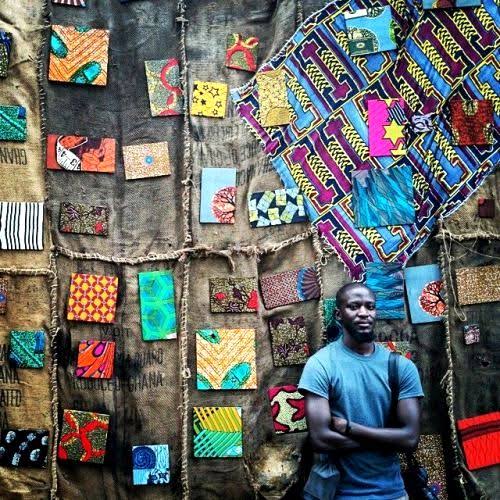Textile art is a vital part of Africa’s rich cultural heritage. It combines creativity, craftsmanship, and tradition, reflecting the diverse cultures and histories of the continent. From vibrant patterns to intricate designs, African textiles tell stories, convey messages, and showcase the talents of skilled artisans. Let’s explore the significance of textile art in Africa and its various forms.
1. A Reflection of Culture and Identity
Textile art in Africa is much more than just fabric; it is a representation of culture and identity. Each community has its unique styles, colors, and patterns that often carry specific meanings. For example, the Adinkra symbols from the Akan people of Ghana represent concepts like wisdom, strength, and love. These symbols are often printed on fabrics used for ceremonial occasions, making the textiles a means of communicating cultural values and beliefs.
Similarly, the Kente cloth from Ghana is famous for its colorful patterns and is worn during important events. Each color and design in Kente cloth has its own meaning, allowing wearers to express their identity and heritage. These textiles are not only beautiful but also serve as a way for individuals to connect with their roots and share their stories with others.
2. Techniques and Craftsmanship
The craftsmanship involved in African textile art is remarkable. Various techniques are used to create textiles, including weaving, dyeing, and embroidery. Weaving is a traditional method that has been practiced for centuries. Artisans often use handlooms to produce intricate fabrics, showcasing their skill and attention to detail.
Dyeing is another important aspect of textile art, with techniques like tie-dye and batik being popular across the continent. Batik, for example, involves applying wax to fabric before dyeing, creating unique and colorful patterns. This process requires patience and expertise, and each piece is a work of art in itself.
Embroidery also plays a significant role in African textiles. Many cultures use embroidery to add decorative elements to clothing and textiles, making them more visually appealing. These techniques are often passed down through generations, preserving the knowledge and skills of artisans.
3. The Role of Textiles in Daily Life
Textiles are an integral part of daily life in many African communities. They are used for clothing, household items, and ceremonial purposes. Fabrics are often worn during celebrations, weddings, and festivals, adding color and vibrancy to these events.
In addition to clothing, textiles are used to create items like bags, mats, and wall hangings. These items serve both functional and decorative purposes, bringing beauty and practicality into everyday life.
4. Challenges and Preservation
Despite the rich history and significance of textile art in Africa, artisans face several challenges today. The rise of mass-produced textiles and the impact of globalization threaten traditional textile practices. Many artisans struggle to compete with cheaper, machine-made fabrics, which can lead to a decline in traditional craftsmanship.
However, there is hope. Various organizations and initiatives are working to promote and preserve textile art in Africa. By supporting local artisans and encouraging the use of traditional techniques, these efforts help keep the rich heritage of African textile art alive.
5. A Growing Global Interest
In recent years, there has been a growing interest in African textiles worldwide. Designers and artists are increasingly incorporating these fabrics into their work, showcasing the beauty and diversity of African culture on international platforms. This recognition not only benefits the artisans but also helps to elevate African textile art as a vital part of the global art scene.
Textile art in Africa is a vibrant expression of culture, identity, and craftsmanship. It tells the stories of communities and individuals, reflecting their values and traditions. By supporting and promoting this art form, we can help preserve a vital part of Africa’s rich cultural heritage for future generations.











